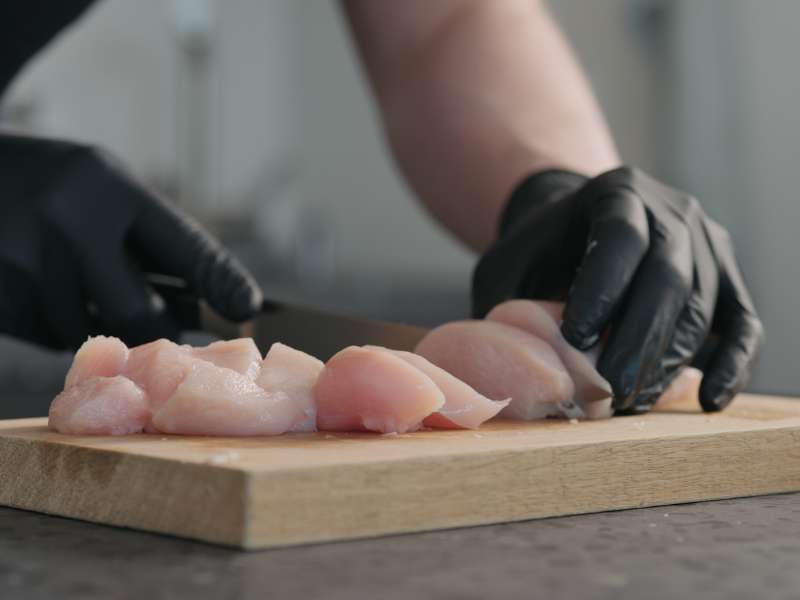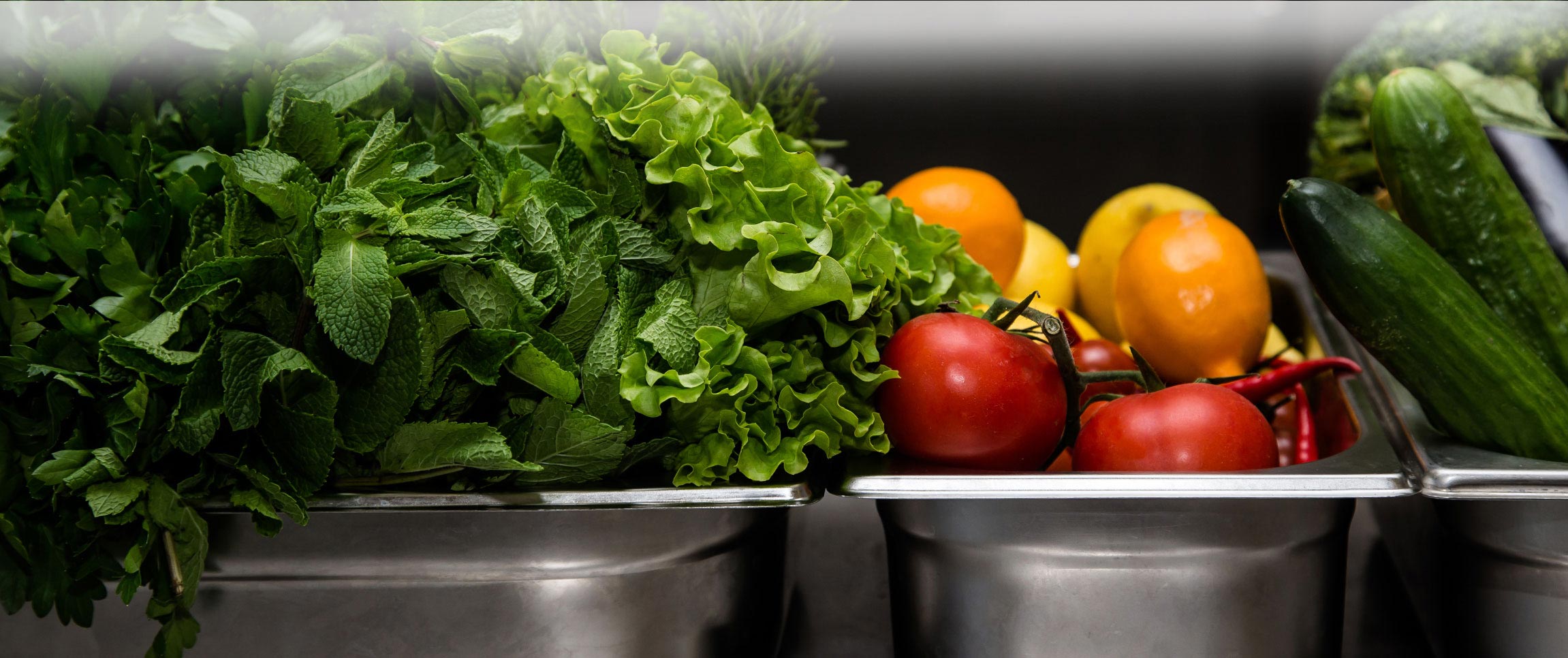“Food waste is not just a problem in America, but across the globe. About 1.3 billion tons of food are wasted globally each year, and around 40% of that comes from restaurants.”
Business Insider
Tackling the issue of food waste isn’t just about saving food from landing in the trash can, though that is certainly part of it. It’s about changing the way chefs and consumers think about food in the first place to foster a more sustainable mindset. It’s about making better predictions for ordering and prep to avoid overages. It’s about viewing ‘ugly’ produce or undesirable cuts of meat in a new light and sharing the enthusiasm for would-be-tossed ingredients with a hungry public who are eager to try new and different things.
One of the most notable advocates for change has been chef Dan Barber. In 2015, Barber created a series of WastED dinners, first at his restaurant Blue Hill and later in other cities, inviting chefs like Mario Batali and April Bloomfield to join him. This level of ‘celebrity chef’ attention was integral in raising public awareness. Likewise, "Top Chef" judge and restaurateur Tom Colicchio joined the Food Policy Action Education Fund to attempt to effect change at the policy level, working with lawmakers to adopt policies that improve food access for vulnerable populations as well as those that lessen systemic food waste in retail stores and restaurants.
Three Reasons Food Waste is Bad
1. Environmental Impact
Food decomposing in a landfill emits methane, a greenhouse gas that directly contributes to global warming. Landfills contribute to about one-third of all methane emissions in the U.S. By reducing the amount of waste that goes to the landfill, we can cut this considerably. Wasted food also means wasted resources--water and energy used to produce the food. Those resources are precious. We can’t afford to use them recklessly.
2. Social Impact
According to the Food Waste Alliance, “The U.S. Department of Agriculture estimates that nearly 50 million Americans, including 16 million children, are food insecure.” This is a solvable issue, with more than enough food produced annually to feed this portion of the population. By handling food properly, eliminating arbitrary sell-by dates, and establishing safe, reliable channels for distribution, we can provide more food to the people who really need it.
3. Economic Impact
Wasted food is lost revenue for restaurants, farms and food producers. Creating better systems means smart job creation and improved efficiency, which cuts down on costs related to overproduction and mismanagement.
(Food Waste Alliance)
How you can tackle food waste
Limit menu items and cross-utilize ingredients. Look thoughtfully at where you have the most waste on your menu and troubleshoot ways to change or improve those menu items with efficiency in mind. Reducing food waste won’t be the only outcome; you’ll also save money!
Work with local farmers to let them know what produce you need each season and in what quantities. Commit to buying overages and preserving them, either by canning, pickling, or other methods. Doing so will cut your costs, put money back into the local economy and result in a higher quality final product.
Establish a composting system for scraps. These can be used by the farmers you already work with. Often, community partners will pick up compost weekly. Check online for services in your area.
Use your platform to educate the public about food waste. While some consumers are familiar with the concept, most don’t fully appreciate the impacts of food waste on their daily lives. Chefs can be leaders in the fight against food waste.
- Consider hosting a Food Waste Dinner that uses food that would be considered waste in a creative way.
- Share your efforts to donate or reuse food with your followers via social media and press releases.
- Publicly pledge to reduce waste in your restaurant, and work with staff to educate them on the best ways to do so.
Consider hosting a screening of the documentary "Wasted! The Story of Food Waste" at your restaurant to help spread the word about this issue.
For additional resources and inspiration, check out who’s fighting food waste around the globe.



